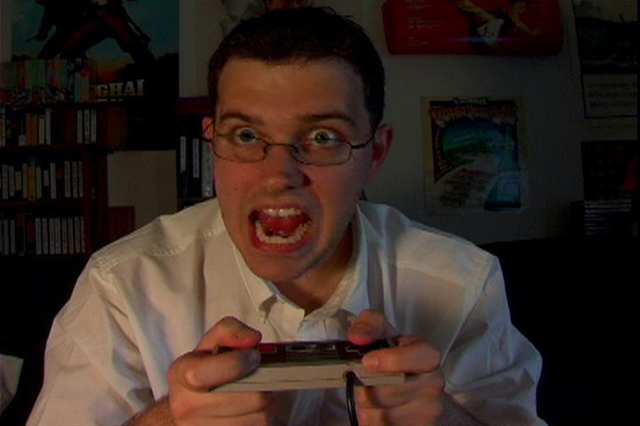Indie games don’t have to be hardcore
Games are often likened to film and one way we can draw comparison between them is with their indie productions. Both industries have indie games/film makers, and the majority of both are often viewed as quite hardcore. For example, indie movies are often advocated by people who consider film to be one of their primary interests. Their favourite films may be quite obscure and hard to find. The same may often be said of indie games.
Naturally, focussing your game at the more hardcore audiences is immediately limiting. While you may gain some quick attention from specialist news and blog sites (still important), the potential audience is relatively small.
Games have often had an issue with accessibility. In the earliest days of the industry, games were enjoyed by a large audience with a relatively even gender split. These games were highly accessible, often only requiring a control stick and one button. Now the average game has become far more complicated, especially those set in a 3D environment.
A lot of indie games have simple controls. This isn’t to say they are any less emotional, fun and challenging, but they are much easier for a non-gamer to pick up and enjoy. A good way to measure how accessible your game is is to ask your parents to play it (of course, if an average evening for your parents involves top-end raiding or racking up killstreaks, you should probably find someone else).
If your game can fit into this category then don’t limit yourself to the hardcore audience alone. More casual players may enjoy your game equally, and there are a lot more of them. By allowing non-gamers to become aware of and enjoy your game, your potential audience and revenue may grow massively.
